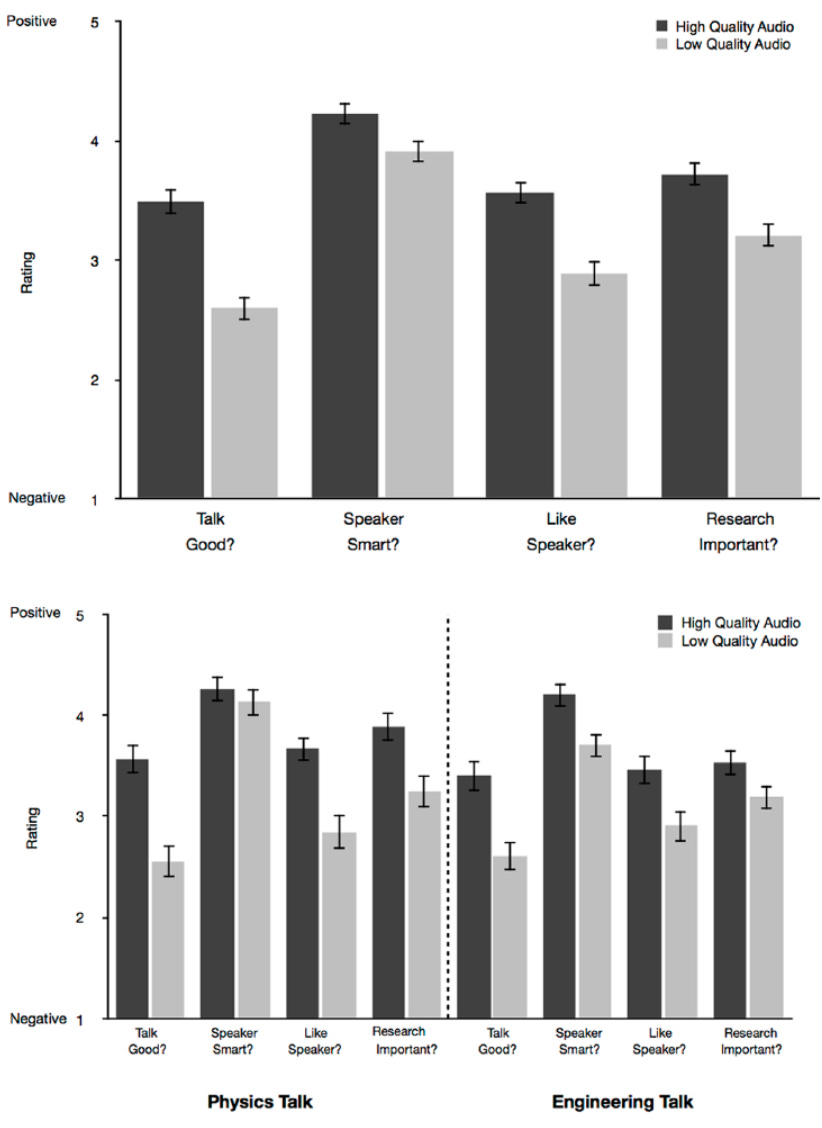A macro expression is the normal facial expression you notice that lasts between ½ a second to 4 seconds. These are fairly easy to notice and tend to match the tone and content of what is being said.A micro expression is an involuntary facial expressions that lasts less than half a second. These expressions are often missed altogether but they reveal someones true feelings about what they are saying.
Macro vs micro expressions
